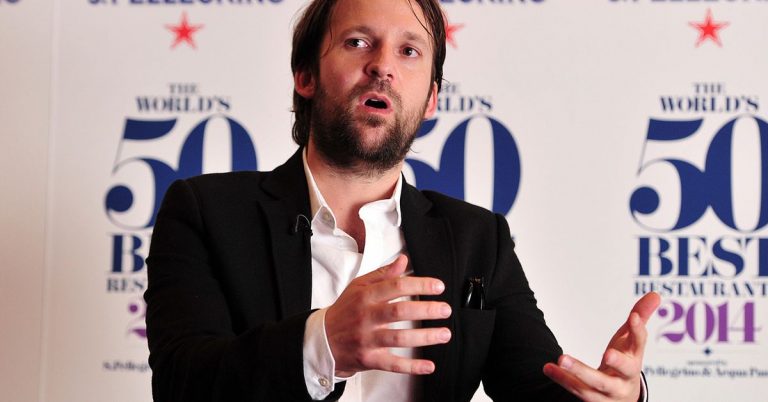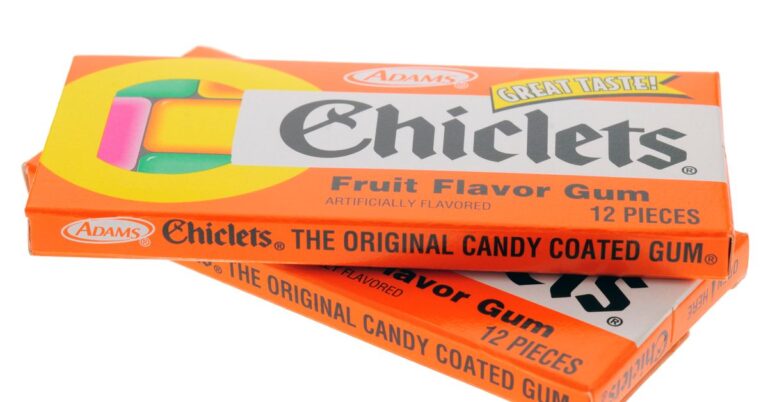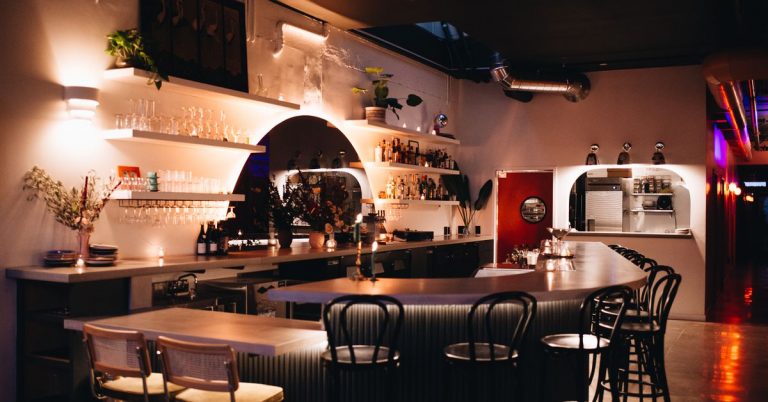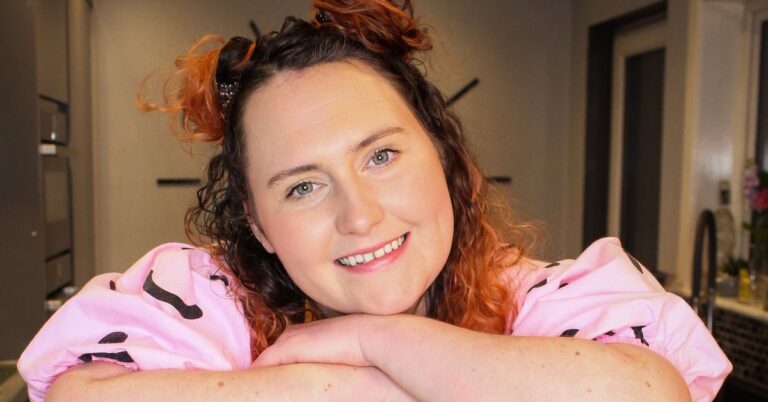Ratatouille’s Outsider Story Is a Deep, If Imperfect, Metaphor For Queer Cooks
Because the opening of the Ratatouille ride at Walt Disney World on October 1 is as good a reason as any, here now, a weeklong exploration of the 2007 rat-infested Pixar classic, Ratatouille.
On my 18th birthday, I was still very much a work in progress — not out yet, not really sure what my big plan was. But none of that stopped me, nor any of my other friends in the midst of their own formative phases, from eagerly making all sorts of mature, adult decisions. By which I mean, we were getting lots of tattoos. My peers were permanently inking their bodies with graceful butterflies, snakes, crosses, and other random symbols to which they would later ascribe meaning. And I, too, showed up to my high school graduation beaming ear to ear with a fresh tattoo: Remy the Disney-Pixar rat, wrapped around my left calf with a bunch of tiny carrots clutched in his paws.
Why would I decide to permanently emblazon my one precious body with a cartoon rat? Was it because of a deep passion for Disney, or because I thought rats are so cute? No, I just loved the 2007 movie Ratatouille. So damn much. Of course now, five years later, I recognize that this is exactly the kind of tattoo that one might live to regret, or that it could be the first red flag of a fledgling Disney adult. But as it turns out, the tattoo, and this bizarre blockbuster about a cooking rat that inspired it, held more meaning than I could fully wrap my head around at 18, as a still-closeted baby gay with dreams of being a chef.
For those so cut off from reality that they have not yet seen this most iconic of movies, the premise of Ratatouille is (pretty much) this: Remy, a rat who loves to cook and has a freakishly good sense of taste and smell, is separated from his family when the woman whose roof they’ve been living in tries to destroy their colony. He washes up in the sewers of Paris and ends up befriending a young man who can’t cook and is sort of hopeless at everything else, too, but does have a job in one of the city’s fanciest restaurants. Remy and the boy, Linguini, discover that when perched atop Linguini’s head, hidden in his big chef’s hat and holding two clumps of hair, Remy can control Linguini’s limbs like a puppeteer, thus allowing him to cook from behind a curtain while Linguini passes the talent off as his own and rises through the ranks. A totally realistic storyline.
I first saw the movie when I was 9, and I was then, as I am now, both very gay and very in love with cooking. But while my passion for food was on full display at all times throughout my childhood, my gayness was a part of me I wouldn’t be ready to share until years later, when I left for college.
So was Ratatouille actually about a closeted gay boy navigating his way through restaurant kitchens? Probably not. Is that how I interpreted it at the ripe age of 9? Definitely not. But as a young kid, something about that movie burrowed in and made a cozy little rat’s nest in my heart and never left.
I was in high school when I started working in kitchens around Oakland, California, where I grew up. These restaurants were run mostly by extremely kind and talented women. But even in these spaces — ones I still love, owned and operated by chefs I stay in touch with to this day — I was always on guard, ready for the offhanded, ever-so-slightly homophobic jokes that were then thrown around, or good-natured questions about why I hadn’t brought a girlfriend in for dinner.
Had I been out, like I am now, these comments likely would have done little more than annoy me. An eye roll. Don’t you guys have anything better to talk about? But at the time, all of these questions and remarks felt like a threat to the paper-thin shell I had spent years slowly constructing around my identity. As a result, I was so tense and anxious that I often could barely remember the steps of a simple cooking process. I’m sure If I’d just slammed my knife down on my cutting board and screamed I’M GAY, no one would have even had the time to look up from their station. But I never did. And while my knife work was solid and I was quick to learn recipes and check tasks off my morning to-do list, I’d ultimately compartmentalized my life so well that, when it came time to move up the ranks, I wasn’t able to break through the walls that I had created.
In the world of Ratatouille, though, things were different. Here, compartmentalization is not something you go to therapy to undo, but something that actually makes you stronger. Linguini couldn’t cook, but he was human. And Remy, that sweet little rat, couldn’t imagine himself ever being welcomed into a kitchen because, you know, he was a rat. I recognize that in this metaphor, my sexuality is the rat, which is an imperfect symbol for the glorious experience that is queerness — something I wouldn’t trade for anything in the world. But in this movie, Remy wasn’t depicted as some filthy vermin. He is a sweet, gentle, incredibly talented creature. He hides aspects of himself so that he can use his talents, and in turn, Linguini is vulnerable enough to let someone else control his body, while he pretends he can cook. No one dreams of hiding themselves from the world, but the pair make it work as best they can.
Tucked into Linguini’s toque, Remy could unleash his full potential. He worked magic in that animated kitchen, steering Linguini around corners like a racecar driver and turning piles of vegetables into velvety sauces and luxurious soups. In that animated world, not being able to share all of one’s self was a challenge, but not an insurmountable barrier. It was just another plot point in a character arc. For rat and man, it was this disjointed, strange relationship that allowed both to share at least parts of themselves. My life didn’t feel much like this movie, and I drank it up.
But even in this made-up world where everything ultimately works out, hiding such big parts of themselves ultimately took a toll on both characters. As Linguini fell in love with a fellow cook in the restaurant’s kitchen, he grappled with whether or not to tell her that the talent he possessed was not actually his. And from his perch on top of Linguini’s head, Remy watched on as the young man took credit for cooking talent that was not actually his. Even in this modern fairytale, relationships were strained as the secrets got bigger and more complicated to maintain. Now when I watch the movie, that feels a whole lot like my experience floating through my high school years, never quite living fully in my own life — more so an onlooker experiencing the stories I’d made up to make my life look (and feel) believable.
Of course, in the film, Remy wasn’t some figment of Linguini’s imagination, or a representation of a part of the young man that he couldn’t reckon with. He was just a rat who could cook really well. At the end of the movie, their cover is blown. Instead of this ruining the lives of both rat and man, it opens up a whole new world of possibility. Together, they open a little bistro. Linguini runs the downstairs restaurant, and Remy cooks for his rat friends and family in an adorable loft above. Neither of them have to hide who they are — or aren’t — anymore, and because of this, they thrive in ways they couldn’t possibly when they were living a secret life. In that way, and maybe that way alone, the moral of that story is not so dissimilar from my own.
I stopped working in kitchens in my final year of high school, just before I started going out with other men and telling people, “Yeah, there’s no girlfriend coming to dinner.” But my love of cooking remained, and eventually, I ended up, well, here: a food writer. It wasn’t the dream that I had in mind when I was 9 years old and Ratatouille came out on big screens, but it’s one that has allowed me to continue my loving relationship with food. It has also given me a platform to be loud and vocal in my queerness, and in my support of other queer people. That was a dream I didn’t even know I could have when I first watched that animated movie about a rat cooking in a French restaurant, or even when I chose to get him permanently sketched onto my leg at 18. There was no magical creature sitting atop my painfully chemical-damaged bleach-blond curls when I got to college, steering me through the intimidating and bizarre experience of coming out. In the movie, the rat and boy needed each other. I still remember that feeling, like I wasn’t going to survive without someone — or something — to guide me. Now, peeking up above my sock, that little rat tattoo is a constant reminder that actually, I was able to do this. All on my own.
Carolyn Figel is a freelance artist living in Brooklyn.







